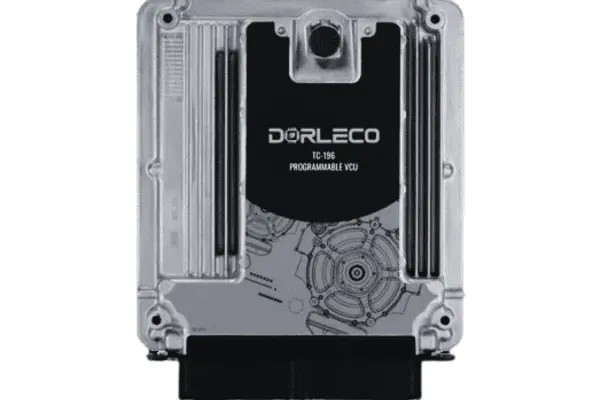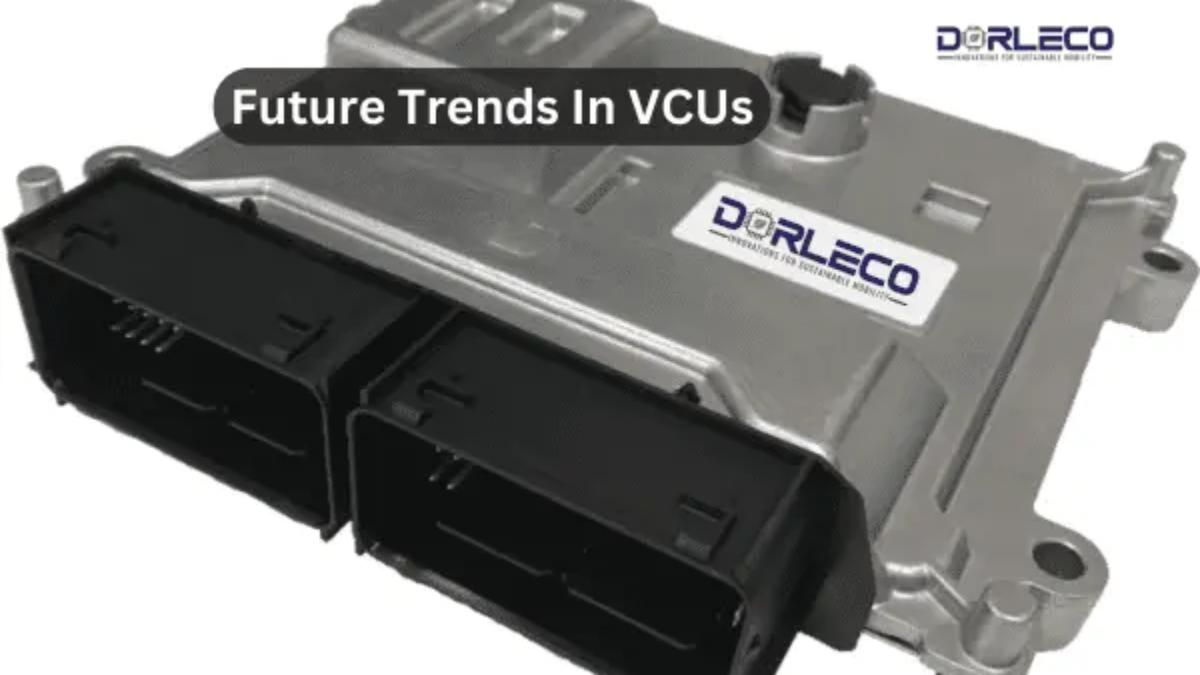Future Trends in VCUs: Overview
The automobile industry has experienced a remarkable shift in the past few years due to technological advancements. One crucial element of this change is the development of Vehicle Control Units (VCUs). These extremely sophisticated electronic control units are necessary to operate a wide range of functions in modern cars, including engine management, entertainment, and safety features. As linked mobility, electrified vehicles, and autonomous driving become closer, significant advancements in VCUs are predicted.
The worldwide market research report on vehicle control units (VCUs) offers a comprehensive analysis that takes into account crucial elements like the total market size, both at the regional and national levels, as well as market share, market growth, an examination of recent advancements, collaborations, and prospects, sales and competitive landscape analysis, anticipated product launches, technological innovations (both completed and in the works), and market share figures.

This blog looks at the new future trends in VCUs that are going to change the way we use and interact with cars:
1. Greater use of artificial intelligence (AI) integration
Artificial intelligence will be the foundation of future virtual colleges. Machine learning and deep neural networks are two examples of AI technologies that VCUs can integrate to optimize vehicle performance based on real-time data. VCUs will be able to learn from environmental elements, traffic patterns, and user preferences with the aid of AI. This will lead to better fuel efficiency, preventive maintenance, and customized driving experiences. AI-powered VCUs will enable autonomous cars to make split-second choices while ensuring the safety of their passengers.
2. Real-time processing using Edge Computing
As vehicles become more and more linked, a vast amount of data is being produced by their numerous sensors and communication systems. Real-time analysis of this data is necessary for responsive and intelligent vehicle control. Future VCUs will process data closer to their source using edge computing, reducing latency and providing faster reaction times. This will be crucial for autonomous vehicles in particular, as they must be able to make snap decisions to navigate difficult situations.
3. Cybersecurity & Over-the-Air (OTA) Updates
Future trends in VCUs will be dynamic platforms with remote upgradeability rather than static systems. OTA updates will alter car maintenance by allowing manufacturers to patch bugs, add new features, and improve performance without requiring customers to physically visit service facilities. With increased connection, cyber-attacks are still a possibility. Cyber security will be a top priority for VCU developers to protect cars and passengers from danger and to uphold the integrity and safety of the VCU ecosystem.
4. V2X Interaction for Increased Road Safety
In the future, mobility progress will be dependent on V2X communication. By enabling vehicles to communicate with people, the environment, and other vehicles, VCUs can enhance situational awareness and avoid accidents before they happen. Features enabled by V2X communication, such as Pedestrian Detection, Emergency Vehicle Signal Priority, and Intersection Collision Warnings, will make our roads safer and more efficient.

5. Energy Efficiency and Electrification
With the increasing focus on sustainability and the transition to electric cars (EVs), VCUs will be critical to optimizing energy efficiency. To extend the range and overall efficiency of EVs, advanced VCUs will handle motor control, battery performance, and regenerative braking. Furthermore, VCUs will collaborate with renewable energy sources and smart grids to smoothly incorporate clean energy into the transportation environment.
6. Customization and User Interface
Future trends in VCUs will prioritize user experience and customization, making it possible to customize the driving environment to suit personal tastes. Thanks to VCUs, which provide customized infotainment settings, climate control, and adaptive driving modes, each passenger will have a unique and enjoyable driving experience. As part of this increased personalization in autonomous driving, passengers will be able to choose from a range of autonomous driving modes according to their tastes and level of technological comfort.
7. Heads-up displays (HUDs) and augmented reality (AR)
The way drivers engage with their vehicles will fundamentally change with the introduction of AR technology into VCUs. Augmented reality-enabled heads-up displays will project important information straight into the driver’s field of vision, reducing distractions and enhancing safety. For example, drivers can get instructions while maintaining eye contact with the road thanks to roadside projection of AR navigation directions.

Conclusion
The Future trends in VCUs is extremely bright, with developments in artificial intelligence, connectivity, energy economy, and user experience poised to dramatically revolutionize the automotive industry. As VCUs become smarter, more networked, and more secure systems, they will usher in a new era of smart mobility.
The idea of fully autonomous, electrified, and connected cars will become a reality with the integration of cutting-edge technologies into VCUs, improving road safety, environmental sustainability, and overall driving pleasure for all.
Send an email to info@dorleco.com if you would like to talk about potential partnerships for electronically-controlled VCUs.

